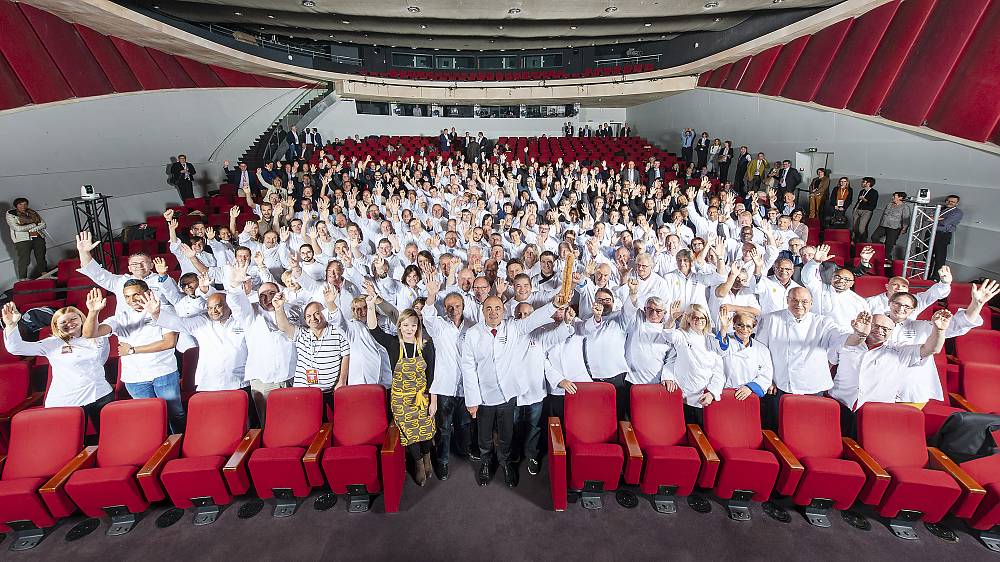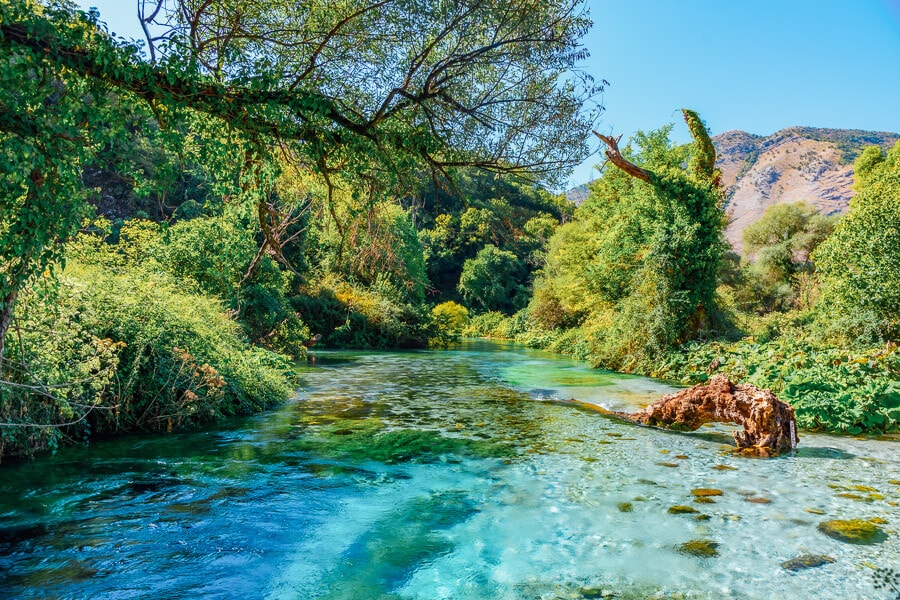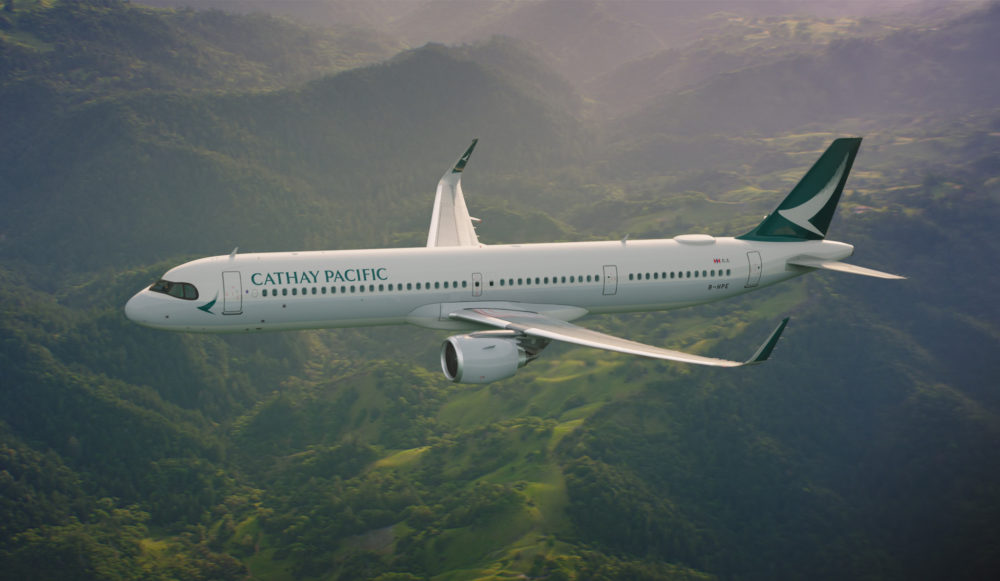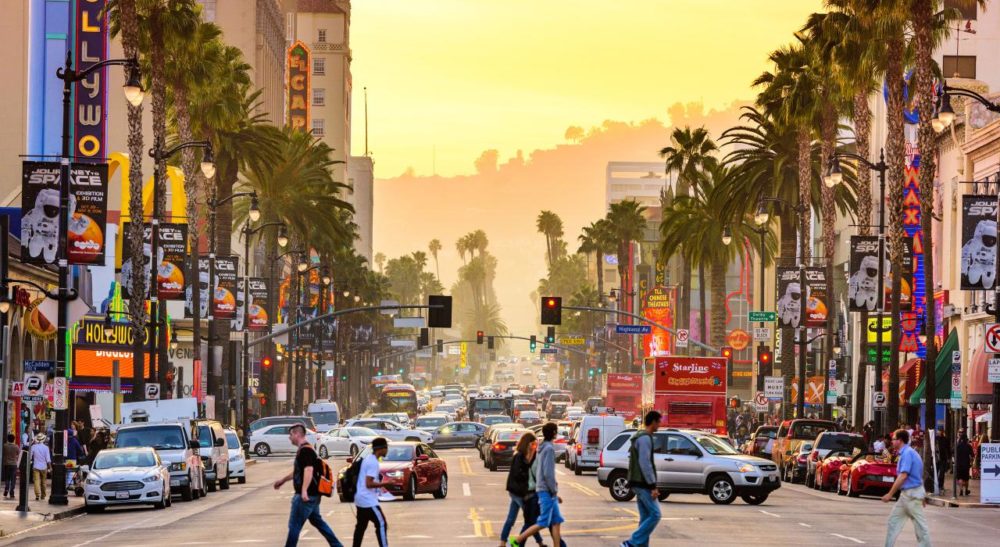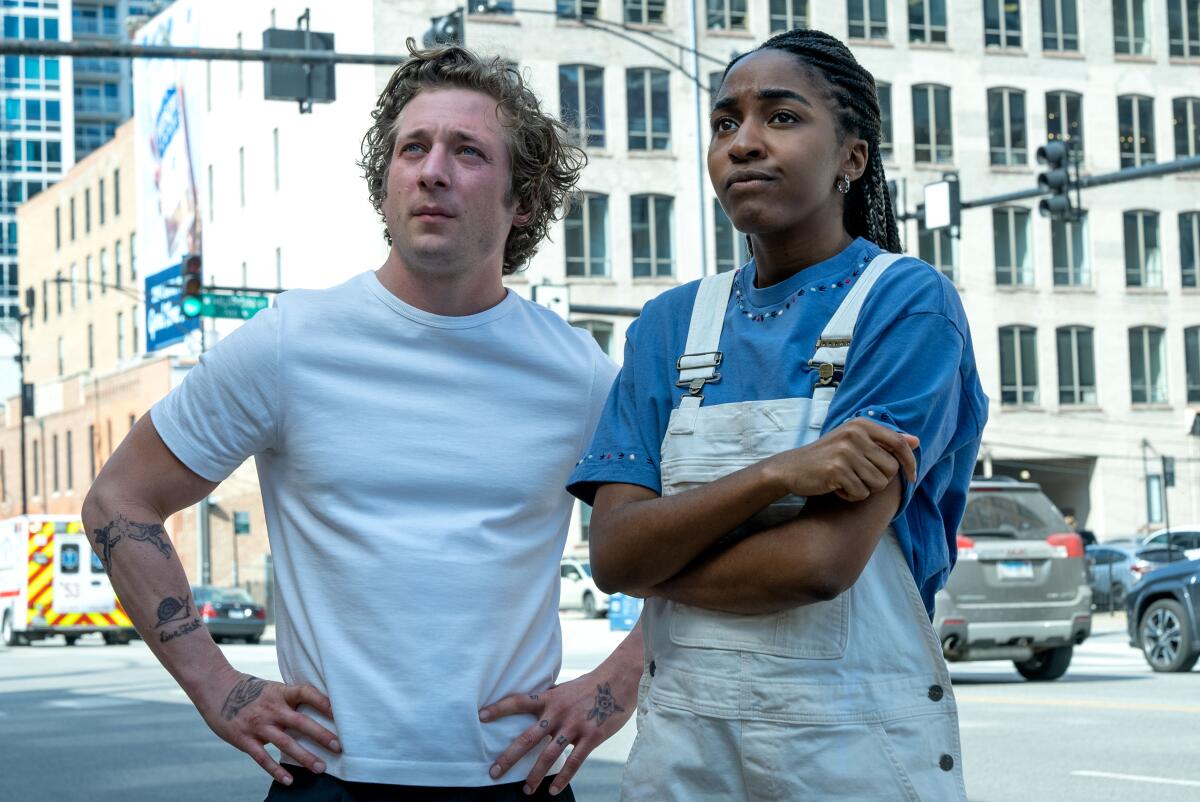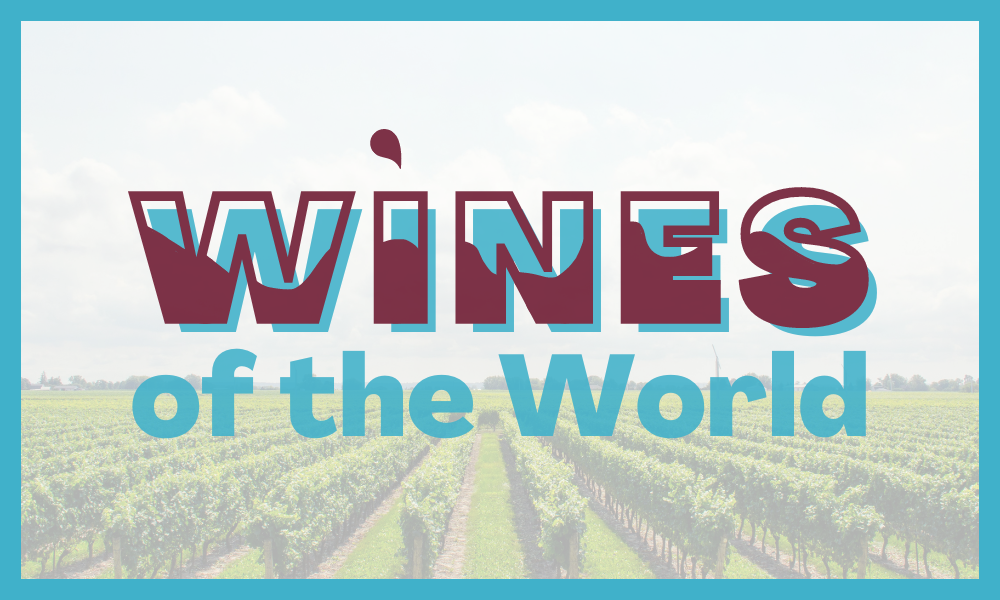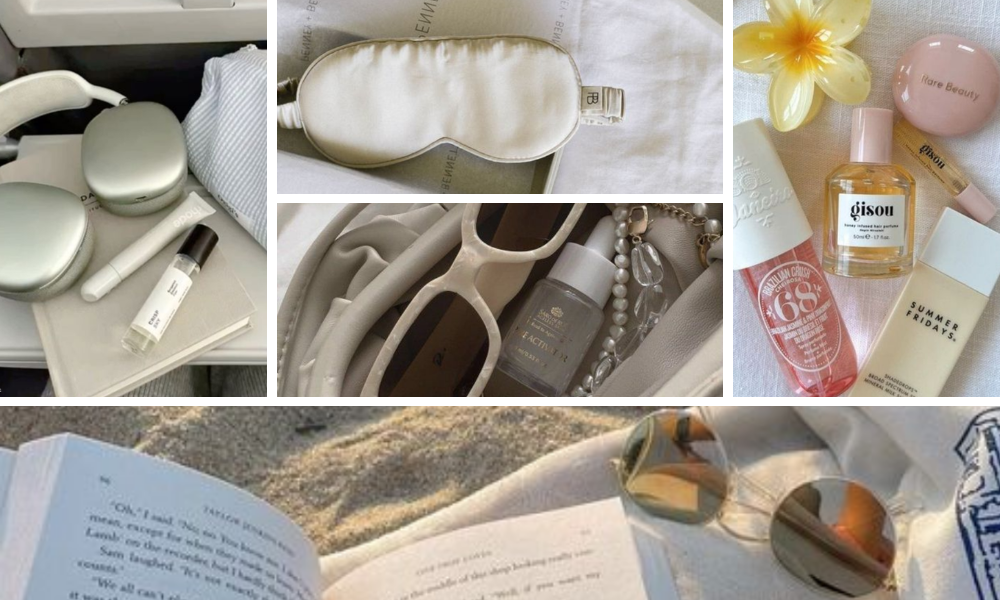You may have probably heard the bit about the French baguette. It’s been in the news and made it to many headlines. Well, the French are super happy that their beloved bread has made it to the UNESCO heritage status. President Emmanuel Macron described the baguette as “250 grams of magic and perfection” but do you know about the kind of elements and experiences on UNESCO’s Intangible Cultural Representative list?
Being part of UNESCO’s Intangible Cultural Heritage inscriptions means recognising the country’s heritage and its importance in maintaining cultural diversity in the face of increasing globalisation.
There are many interesting and rich experiences and elements from the world over on the list. It includes Ukrainian borscht cooking and traditional Ahlat stonework from Turkey, the traditional Chinese Tea Ceremony and many more. It actually makes for such a lovely bucket list. Imagine having a travel bucket list that aims to experience and tick off things from the UNESCO 2022 list!
How incredible it would be to experience, say bear festivities in the Pyrenees? The bear festivities take place every winter in five villages in the Pyrenees mountain range located in Andorra and France. You will see young men dress up as bears and run through the streets trying to catch participants. The festivities are punctuated by dances, speeches in Catalan and music. The entire local population takes part, hunting the bears and welcoming the spectators. Although the style varies from one village to the next, the scenario remains the same and symbolizes the end of winter, spring rebirth (with the bear waking up from hibernation) and the relationship between humans and nature.

Or heading to China to get insight into its traditional tea processing techniques and tea ceremonies? Tea is an important part of people’s daily lives in China.
You will find that tea is served steeped or boiled in homes, workplaces, tea houses, restaurants and temples. It is an important part of socialisation and of ceremonies such as weddings. The practice of greeting guests and building relationships within families and among neighbours through tea-related activities is so integral to this country and its people. And if you’re the sort of person who loves a good cup of tea, experiencing a traditional tea ceremony or visiting a tea plantation will be like a dream come true.

The telling tradition of Nasreddin anecdotes is also very interesting, and would certainly make it to my list. Would it make to yours?
It refers to the social practices and festivals around the telling of anecdotes attributed to Nasreddin, a philosopher and wise man recognized for his wisdom and humour. Although there are slight differences across communities in terms of imagery, character names and stories, the key features are shared as a common heritage in Azerbaijan, Kazakhstan, Kyrgyzstan, Tajikistan, Türkiye, Turkmenistan and Uzbekistan. How nice it would be to attend a festival or a storytelling event and take in the anecdotes – over cups of coffee and a nice fire?

© National Commission of the Kyrgyz Republic for UNESCO, 2020
Being a part of a feast, and being able to sample Al-Mansaf in Jordan also tickles our taste buds!
This festive dish is central to Jordan’s socio-cultural fabric. Large chunks of sheep or goat meat are boiled with spices in a yoghurt sauce and served with rice or sometimes bulgur over a layer of thin bread. The preparation itself is a social event, with cooks discussing common concerns, telling stories and singing. The layers of bread, rice and meat are arranged on a platter and garnished with fried, desiccated almonds. In northern Jordan, fried bulgur balls filled with minced meat are also placed around the dish. The host’s relatives carry the platters to the reception hall and the guests sit around them, with five to seven people around each platter. Traditionally, the dish is consumed with the right hand while the left is placed behind the back, but today some people use dishes and spoons. Women generally pass down the recipes and related practices (such as milking the goat or sheep) to their daughters and granddaughters.
Fascinating stuff, isn’t it?

© Ministry of Culture, Jordan, 2020
And if Egypt has always been on your bucket list, this will interest you even further.
The festivals related to the Journey of the Holy Family in Egypt commemorate the Holy Family’s voyage from Bethlehem to Egypt to escape King Herod’s oppression. Every year, the event is memorialized by two festivals in which Egyptians, including Muslims and Coptic Christians of all ages and genders, participate in large numbers. The first festival, called ‘The Festival of the Advent of the Holy Family to Egypt,’ is a one-day event generally held in the beginning of June. The second event, called ‘The Nativity of the Virgin’, is a feast that takes place in several towns and cities, including Durunka and Cairo, between May and August. Activities include singing, traditional games, body-painting, re-enactments of the journey, religious processions, artistic performances and the sharing of traditional foods.

Photograph: Montaser Refeat Roshedy
Do check out the complete list here, and let me know what experiences make it to your list.
(All photographs, including the feature/cover image and information in this feature story are from unesco.org)

